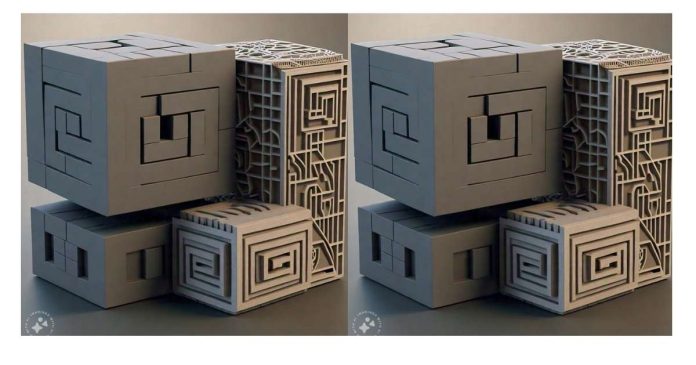When it comes to solids, volume is a fundamental property that can be tricky to compare. In this post, we’ll explore how to determine which solid has a greater volume.
The Contenders
Let’s consider two solids:
1. Solid A: A cube with a side length of 5 units.
2. Solid B: A rectangular prism with dimensions 3 units x 4 units x 6 units.
Calculating Volume
To determine which solid has a greater volume, we need to calculate the volume of each.
Solid A (Cube)
The formula for the volume of a cube is:
Volume = side^3
Plugging in the value, we get:
Volume = 5^3 = 125 cubic units
Solid B (Rectangular Prism)
The formula for the volume of a rectangular prism is:
Volume = length × width × height
Plugging in the values, we get:
Volume = 3 × 4 × 6 = 72 cubic units
The Verdict
Comparing the volumes, we see that:
Solid A (Cube): 125 cubic units
Solid B (Rectangular Prism): 72 cubic units
Therefore, Solid A, the cube, has a greater volume.



